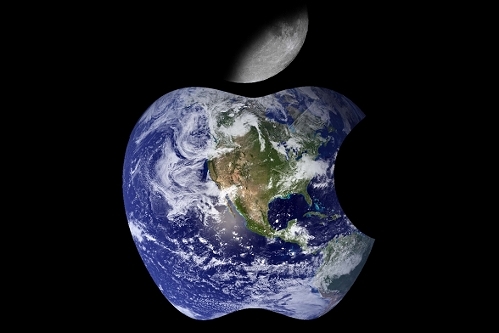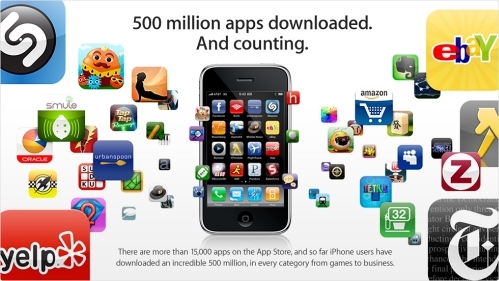Index


Review: New hardware delivers on promise
“Every once in a while a revolutionary product comes along that changes everything,” Jobs said back then. Featuring a new input technology at the time called “capacitive multitouch” and a single physical button for OS navigation, the phone was destined to start a paradigm shift in the smartphone computing space. But little did the rest of the market know how astonishingly successful the platform would be with mainstream consumers, business professionals and Apple fans all across the globe.

In the first 186 days since release, the original iPhone sold a grand total of 3,704,000 units in the United States by December 30, 2007, averaging to roughly 12,163 iPhones per day. Jobs made it clear during his MacWorld 2008 keynote that his revolutionary device topped smartphone sales by Palm, Nokia and Motorola combined, right out of the gate. For a device that garnered over 20 percent of all US smartphone sales after being on the market for less than a year, it was certainly doing well for itself.
Three years have come and gone since Apple first entered the smartphone business, and with each successive launch of a new iPhone iteration it has seen even higher revenue margins backed by an ever-growing user base. Where its first-generation model released in June 2007 and was available in six different countries respectively, the iPhone 3G released in June 2008 and was available to 70 different countries. As the device made a global impact and spread as a catalyst for the booming smartphone market at the time, Apple’s revenues continued to soar sky high throughout the end of the previous decade, even in the midst of the worst economic depression the world has seen in ages.
Apple has certainly not received a consistent red carpet of success from the iPhone’s original debut, however. Since the device was first released to market over three years ago, a lot has changed at the secretive company’s headquarters behind closed doors. In January 2009, Steve Jobs took a leave of absence due to health reasons that were “more complex” than he had first thought. In addition, some of the company’s key people, including many from PR to engineering staff and ex-hardware chief, left to join forces with Palm for a chance to develop a brand new smartphone platform – but of course, Apple has since hired Rich Dellinger, Palm’s lead engineer and visual designer to take lead as senior designer of user interface technologies.
Let’s not forget the companies who laid the groundwork to bring mobile “app stores” and applications to cell phones in the first place. Back in 2001, Qualcomm created the BREW Mobile Platform, an open solution for wireless applications development. It encouraged independent developers to write apps for mobile devices, and created a commerce engine for wireless carriers to sell apps to customers with a payment model catered in favor of developers. But it simply wasn’t strong enough to compete with Apple when the iPhone 3G roared into the market in 2008 with a native App Store, leaving every other smartphone manufacturer in the dust. In a nutshell, the consumer electronics industry and software vendors are now more attuned than ever to the idea of having a centralized store for purchasing applications. Even Microsoft has plans to bring its own app store to the Windows desktop environment with Windows 8, and only time will tell if Apple decides to counteract with an extension of its mobile App Store for the Mac platform.

Apple's announcement of passing the 500 million mark on January 16, 2009
By the time Apple had released the iPhone 3GS on June 19, 2009, the App Store was boasting over 50,000 available applications to choose from. To size up the competition, Android held a mere 4,900, Nokia held 1,088, RIM held 1,030 and Palm held 18 respectively (According to Apple.) Even its mobile Safari browser was boasting 65 percent of all worldwide smartphone users in June 2009 and continues to hold the dominant market position through summer 2010.
Apple’s mobile platform and curated App Store have certainly held a successful journey thus far, but whether they can continue to expand with a fourth iPhone revision for another year remains to be seen. Nevertheless, we plan to dive into what merges the hardware and software details of the company’s latest smartphone iteration into a competitive smartphone to determine whether Apple stands a chance against its contenders.



